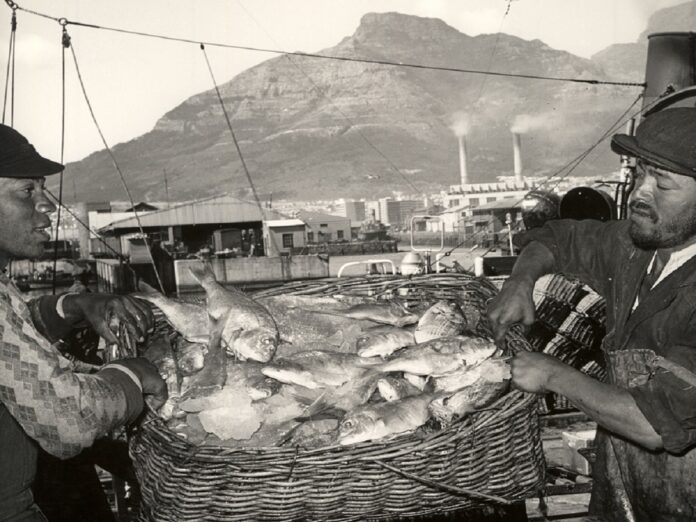
On 24 March, the South African Deep-Sea Trawling Industry Association, SADSTIA, celebrates its 50th anniversary. In a series of articles, Fishing Industry and Aquaculture News Southern Africa looks back at three periods in the past 50 years during which SADSTIA played an influential role in the development of the deep-sea trawl fishery, and the fishing industry as a whole. This is the first article about foreign fishing and the recovery of the stocks.
In his brief history of SADSTIA, former I&J executive Charles Atkins, recalls that prior to 1977 there was no effective control of fishing in the coastal waters of any country. Negotiations towards the United Nations Law of the Sea Convention were initiated in the year before SADSTIA was founded, but it was only in 1977 that South Africa declared an exclusive economic zone.
Large Soviet trawlers first began to fish in South African waters in 1961. Knowledge of the southeast Atlantic’s resources began to spread and fishing fleets from Japan, Spain, Poland, Bulgaria, Romania and East Germany began to fish for hake and other species in South African waters. As unthinkable as it seems today, no fishery policy and no effective management was in place. The fishery for hake was effectively open access, unregulated and dominated by foreign vessels after 1962.
Unsustainable catch rates
Catches escalated throughout the 1960s, but the catch rates of local trawlers dropped substantially. Although South African fishing companies preferred to catch large hake, the Soviet and Eastern European vessels were less discerning and, in some years, huge catches of small fish were taken.
Total catches from South African and modern-day Namibian waters peaked in 1972 when they totalled 1.1 million tons. The South African catch alone amounted to 300 000 tons (double what it is today).
However, falling catch rates indicated that the resource could not sustain that level of exploitation and in 1972 the International Commission for the Southeast Atlantic Fisheries (ICSEAF) was established in an attempt to control what had then become an international fishery. Various measures, such as minimum mesh size, international inspections and allocations to member countries, were implemented by ICSEAF, but catch rates continued to fall.
“These developments and the accession of South Africa to the International Commission for South East Atlantic Fisheries, had awakened the deep-sea trawling industry to the need for an association which could speak on behalf of the industry and facilitate cooperation between members on matters of common interest,” recalls Atkins. SADSTIA was established with three members – I&J, Sea Harvest and Amalgamated Trawling – and its original constitution was signed on 24 March 1974.
Declaration of EEZ
In November 1977, the Law of the Sea treaty (formerly known as the Third United Nations Convention on the Law of the Sea or UNCLOS III) was negotiated, allowing nations to introduce several provisions. The most significant was the exclusive economic zone, within which a coastal nation has sole exploitation rights of all natural resources.
South Africa declared its 200-mile EEZ in November 1977. This resulted in the removal of almost all foreign fishing effort.
“[The country] immediately started implementing regulatory and conservation measures over its fishery resources,” writes Atkins.
Rebuilding hake stocks
The first order of business for SADSTIA and its members was to work with the government of the time to rebuild the hake stocks that had been ravaged by overfishing. A system of individual company quotas was introduced in 1979 and a method of allocating them was agreed. Six quotas were allocated:
- Irvin & Johnson – 64 125 tons (47.5%)
- Sea Harvest – 49 575 tons (36.8%)
- Atlantic Trawling – 15 000 tons (11.1%)
- Lusitania – 3 000 tons (2.2%)
- Viking Fishing 1 650 tons (1.2%)
- Cape Coast – 1 650 tons (1.2%)
A period of stock rebuilding followed. Two consecutive reductions in the hake total allowable catch (TAC) were implemented in 1981 and 1982. In each year the TAC was reduced by 14% because the stock was deemed to be in a very poor condition.
By the mid-1980s, the hake stocks showed signs of recovery and the trawl fishery turned a profit for the first time in a decade. This resulted in a new challenge for SADSTIA: a clamour for access.
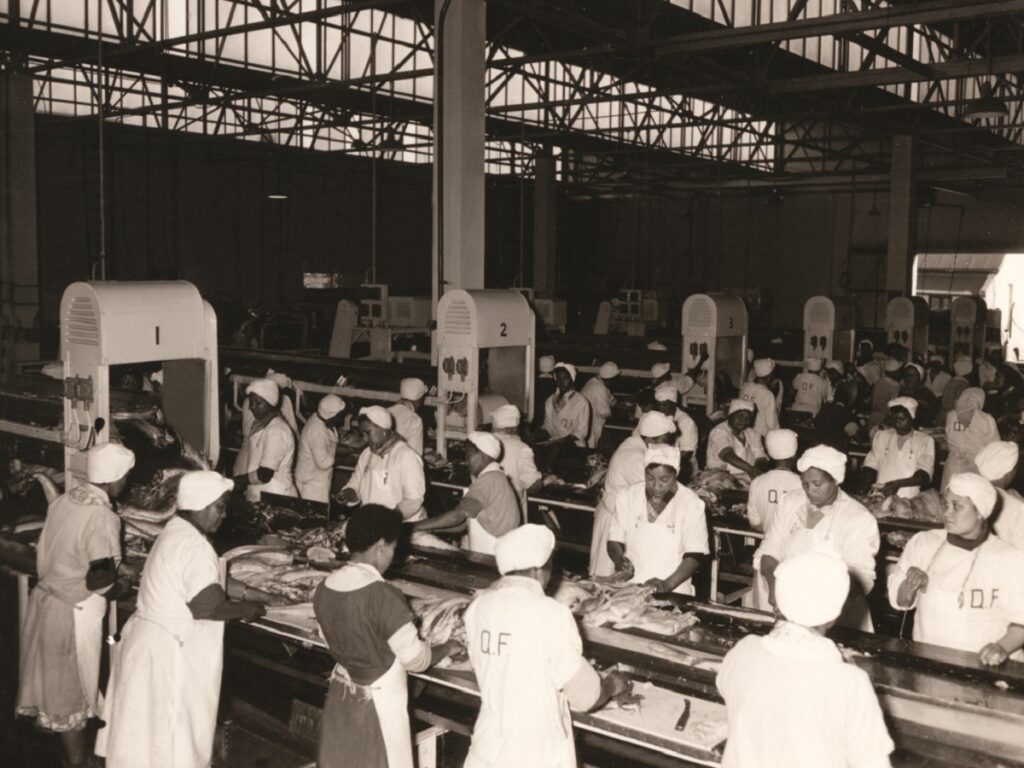
Processing the catch, circa 1970s, early 1980s. Photo courtesy of I&J.
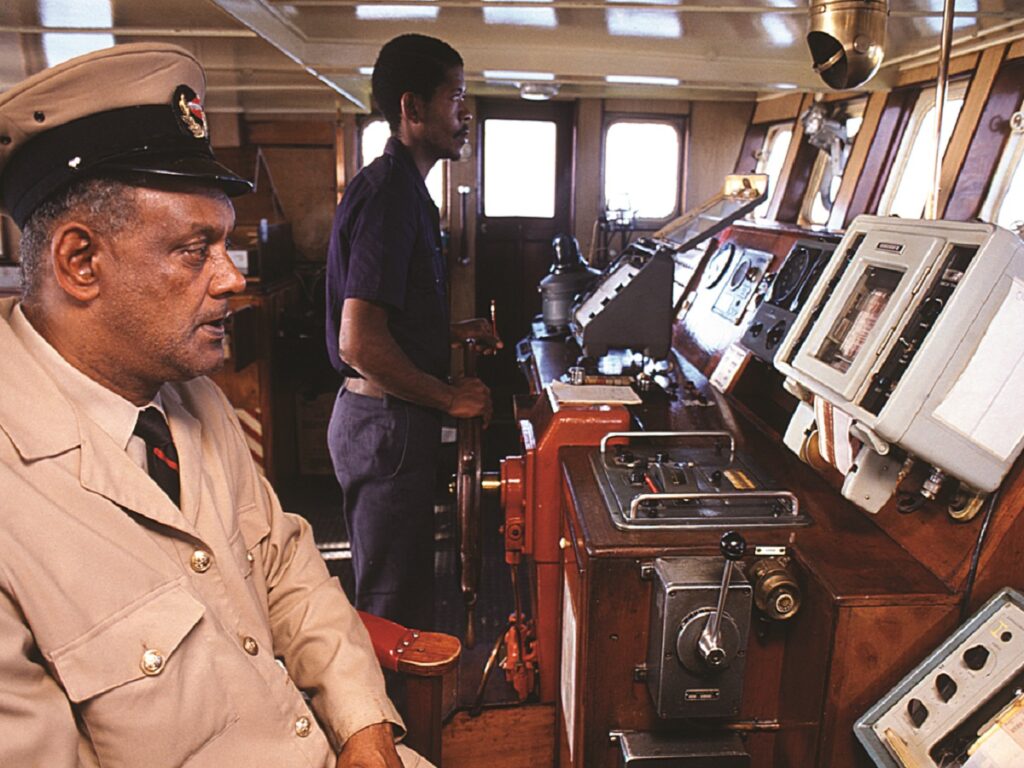
On the bridge, circa 1980s. Photo courtesy of I&J.
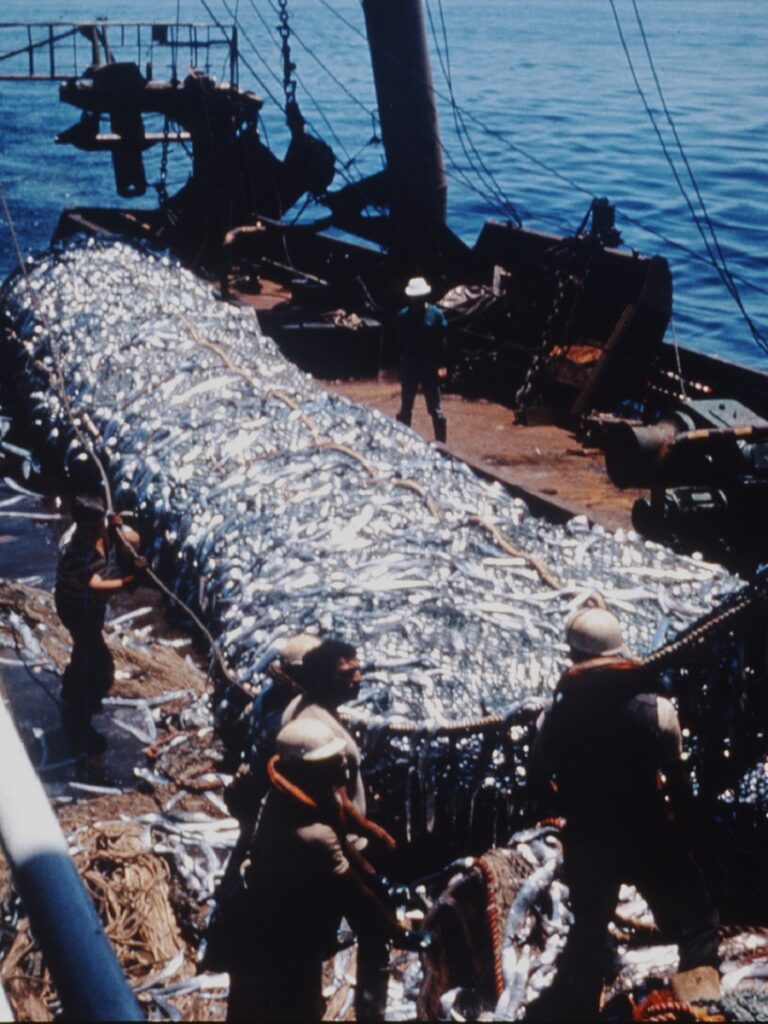
On the deck, circa 1980s. Photos courtesy of I&J.
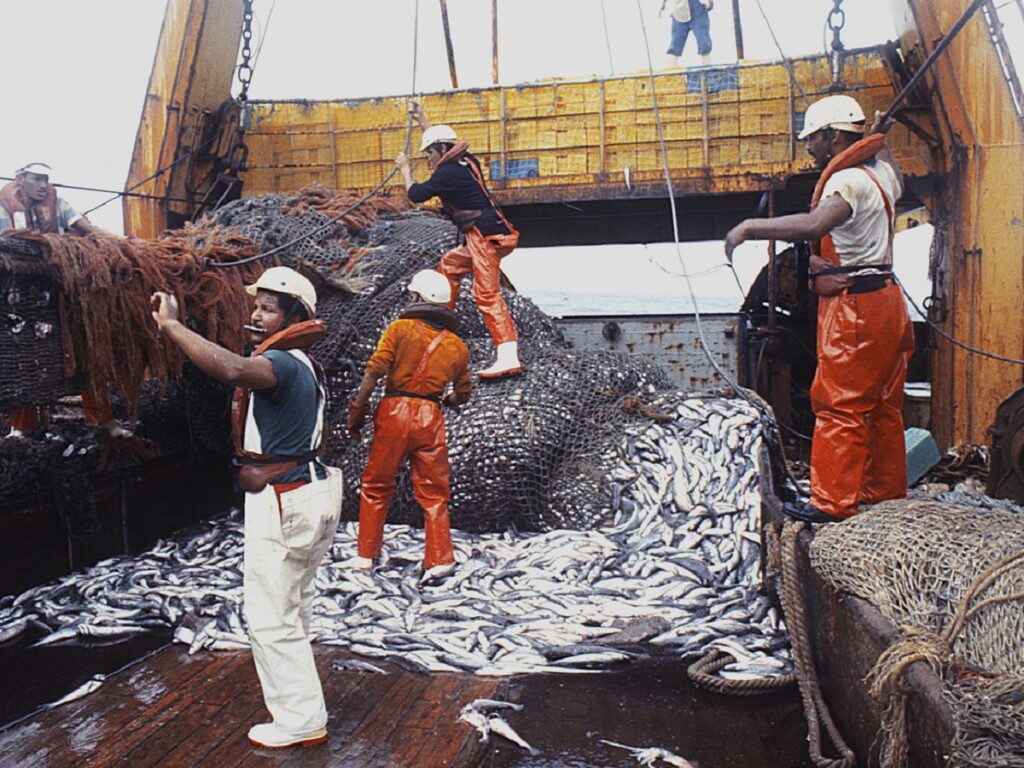
Read last week’s article SADSTIA Celebrates its 50th Anniversary which is an interview with the current SADSTIA chairman, Innocent Dwayi, who reflects on the past and talk about the future.




















Comments are closed.